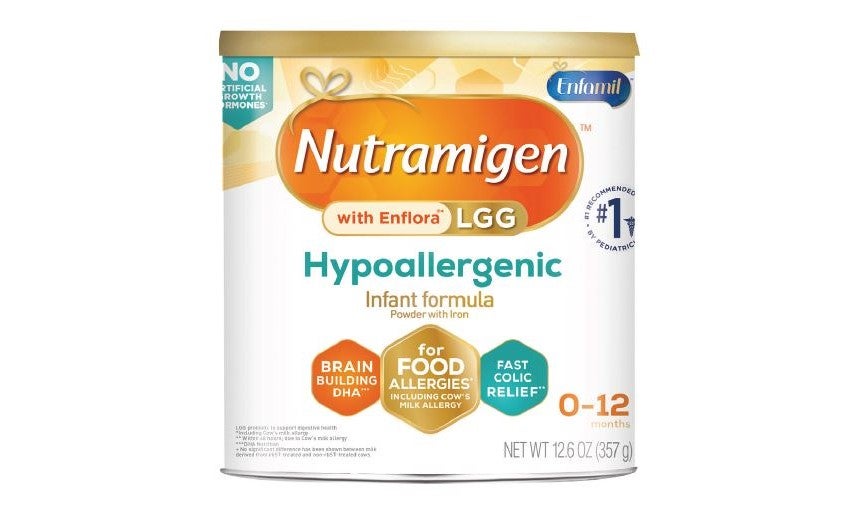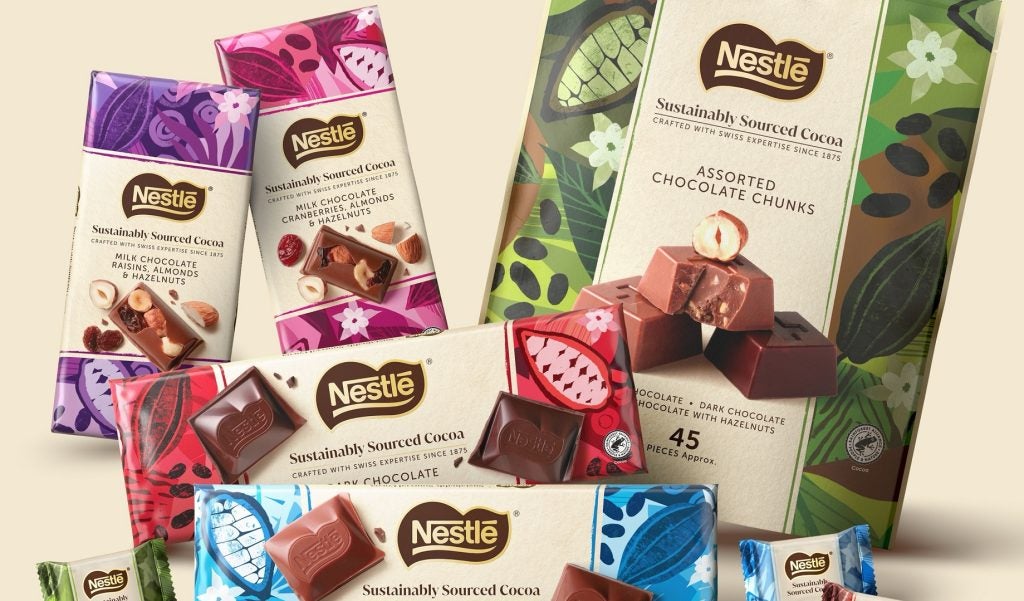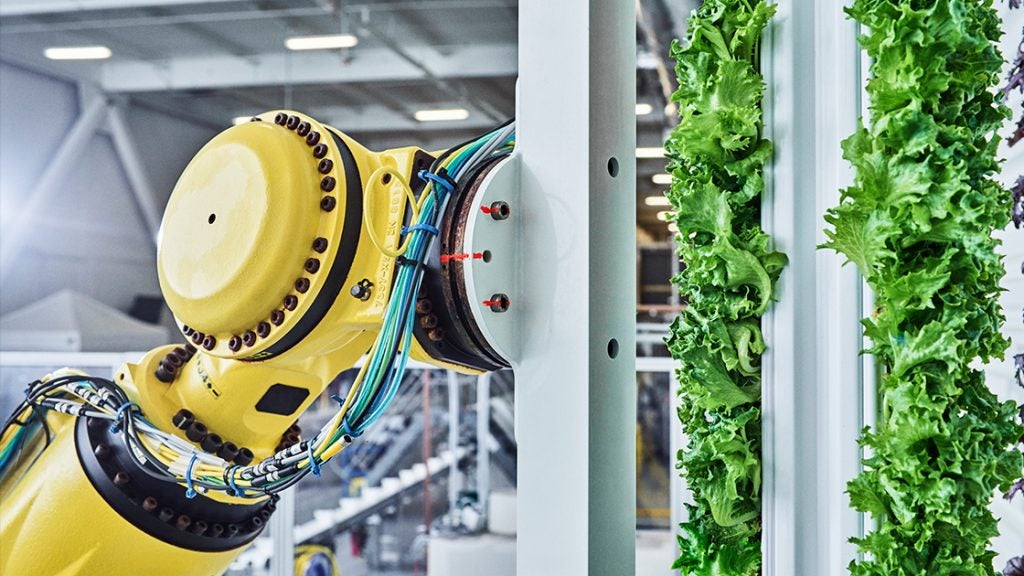The simplest, most effective food safety technique is washing our hands. Keeping our hands clean is a crucial line of defence against harmful bacteria and getting in the habit of washing them regularly will pay off for a lifetime.
Why is this? Because when we take food home for preparation, we bring it into an environment already contaminated with countless germs of everyday life. We touch dozens of materials and surfaces around the house1 all of which will contain bacteria of one kind or another. Most of these bacteria are harmless – but some of them, if they come into contact with our food, can lead to a nasty case of food poisoning or even serious illness.
In the kitchen we touch a great many tools, surfaces, fabrics and foods – raw, cooking and cooked. Although most people realise that they should wash their hands before starting to prepare food, they can often forget how important it is to keep those hands clean at every stage of food preparation, serving and eating. Here are the facts:
- in a foodlink National Food Safety Survey 89% of people claimed to wash their hands before starting to prepare food – but in other direct observation surveys, almost half did not wash their hands after handling raw ingredients. In fact those who had touched raw foods went on to touch equipment handles, boards, work surfaces, dishcloths and crockery.
- many people “washed” their hands simply by wetting them under the tap. · many did not use detergents or soap, and hands were often left undried.
- almost half did not have separate towels for drying hands and dishes.
So follow Frank’s Fingertips for Clean Hands:
When should I wash my hands?
after going to the toilet
How well do you really know your competitors?
Access the most comprehensive Company Profiles on the market, powered by GlobalData. Save hours of research. Gain competitive edge.
 Company Profile – free sample
Company Profile – free sampleThank you!
Your download email will arrive shortly
Not ready to buy yet? Download a free sample
We are confident about the unique quality of our Company Profiles. However, we want you to make the most beneficial decision for your business, so we offer a free sample that you can download by submitting the below form
By GlobalDataSee Also:before touching and eating food if they look or feel dirty
after touching or emptying rubbish bins after playing with pets; and
after coughing, sneezing or blowing your nose
How should I clean them?
use soap and hot running water
rub the soap over both sides of your hands to the wrists between every finger, the thumbs and around the nails
rinse off with clean warm water; and
dry hands properly with a clean towel, kitchen roll or under a hot air dryer
This article was supplied by the Food and Drink Federation (www.foodlink.org.uk Tel: 020 7836 2460) via Advanced Food Safety Limited, international food safety consultants & trainers. (www.food-safety.co.uk Tel: 01257 255910)
Notes to Editors
- The foodlink campaign is organised by the Food and Drink Federation in association with the Royal Environmental Health Institute of Scotland, the Chartered Institute of Environmental Health, the Department of Health, Ministry of Agriculture, Fisheries and Food, the Department for Education and Employment and the Local Authorities Co-ordinating Body on Food and Trading Standards.
- The campaign aims to encourage food safety and food hygiene at all stages of the food chain and to improve awareness of good food hygiene practices in the home.
- A free copy of the foodlink food safety leaflets can be obtained from: The Food and Drink Federation (foodlink) P0 Box 27513 LONDON SE4 2WP
- Further information can be found on the foodlink website http://www.foodlink.org.uk
FOR FURTHER INFORMATION
OR FOR DETAILS OF NATIONAL ACTIVITIES PLEASE CONTACT
JACKIE DOWTHWAITE OR KATE SNOWDEN ON 020 7420 7131 / 7132







